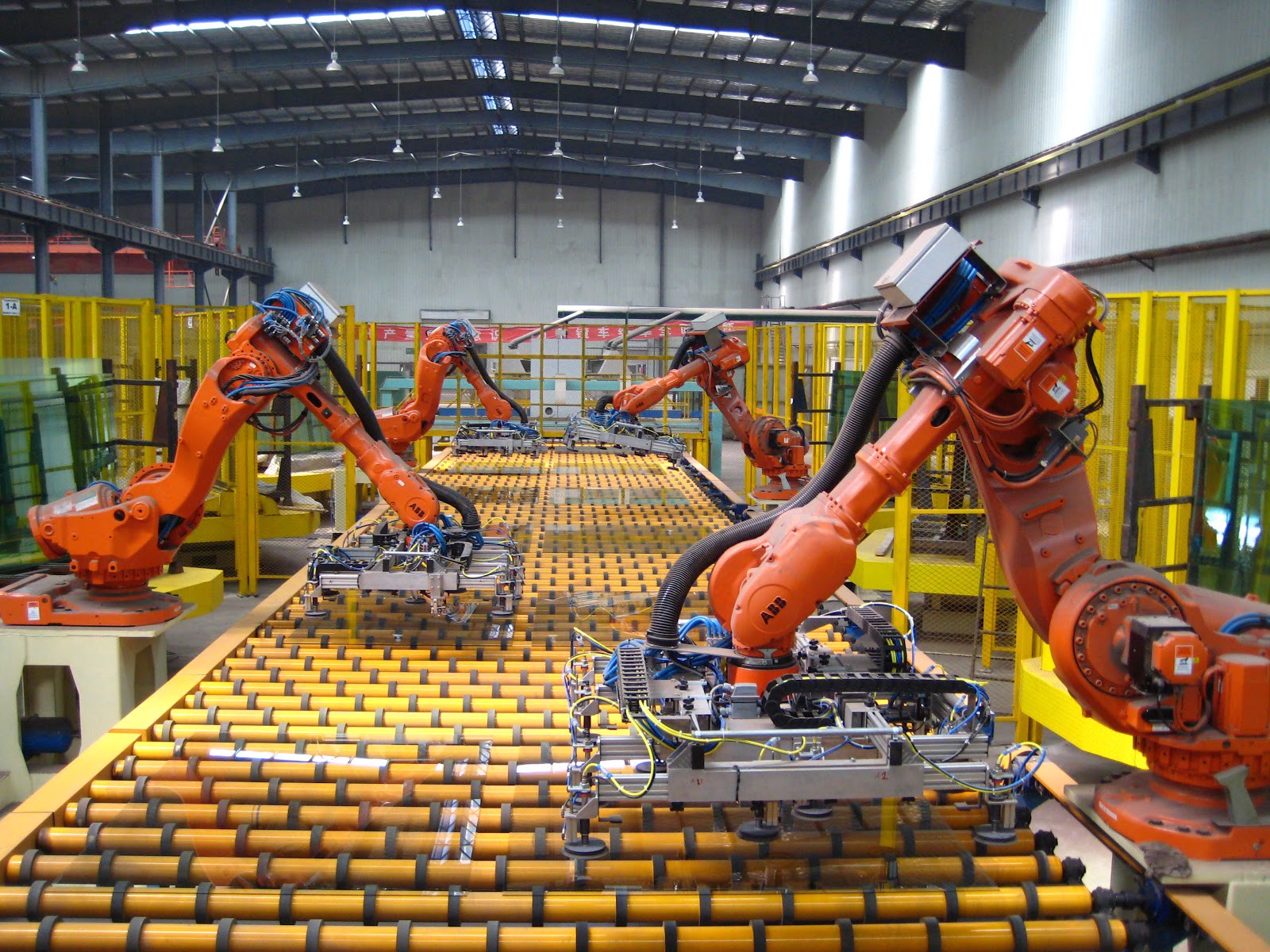Ahhh… big data. It’s one of the most commonly used buzzwords in the world of tech. With the manufacturing world moving in the direction of smart factories and Industrial IoT, it is vital that manufacturers understand the terminology associated with those advances, and the technology behind it, or risk getting left in the dust of innovators.
A couple weeks ago, we touched on some Industry 4.0 terminology for manufacturers, but we didn’t really talk about big data, in-depth. With big data serving as one of the basic pillars of Industry 4.0, it shouldn’t be ignored, but this is also true for just about every term we listed on our article. In this new blog series, we’ll explore various aspects of Industry 4.0 in detail, in an understandable and easy-to-digest format created solely for manufacturers. Pressured to digitize? We’ll help you get your feet wet.
What is Big Data?
The term big data is associated with a database of extremely large amounts of data (billions or trillions of records). However, that’s only one of the two main components of big data, with data processing, or analysis, strategies being the other. Let’s talk about both aspects.

Large Datasets
This aspect of big data is arguably the most simple one. One way to think about big data is to imagine it as a bunch of information housed in a series of databases… but how is it gathered? The most common and efficient method that’s currently used is a WSN (Wireless Sensor Network) coupled with thousands of sensors. WSNs serves as the web that pulls together information and communication across an entire collection of sensors.
For manufacturers, sensors are attached or built into machines all over a factory. these sensors are constantly gathering countless data points by detecting environmental changes, machine productivity, temperature, etc. Information coming from each sensor travels throughout the WSN, and is stored in a series of databases.
This concept is nothing new. What is new is that the sheer number of devices that are connected to these sensors, and the Internet, to gather data in real-time. This number has grown rapidly each year, and by 2019, it’s estimated that there will be 30+ billion devices connected to the Internet across the world. This collection of devices is also known as the IoT (Internet of Things).
Data Processing & Analytics
There are thousands of sensors all over a factory, connected to devices that gather countless bytes of data. Great, right? It depends on if you have a way to read it. Regardless of its size, information is only useful if it’s actionable and understandable.
Since big data is used to make decisions, the only thing that could potentially be worse than not having data is making the wrong decisions by misreading data.
Cue analytics. At scale, the speed at which one can process and understand the characteristics of the data they’re presented with becomes extremely difficult. This is why proper analytics, and the technology with the power to process large amounts of data, is key and is one reason why we started Oden Technologies.
Why is Big Data Important? What Is It Used For?
Big data is important because it helps manufacturers make data-driven and logical decisions. In any fast-moving industry, making decisions both quickly and accurately is imperative to success and remaining competitive. Especially with large factories, keeping track of important metrics is difficult. It is essential for manufacturers to find a tool that makes this possible.

With devices that continuously gather machine data, manufacturers can use that data to track real-time information and make informed production decisions based on current activity. Additionally, these numerous data points can be stored for future use, which enables manufacturers to keep track of what occurred in the past, to determine trends and make decisions for the future. At the end of the day, technological advancements are meant to either increase capacity and output or decrease costs. Depending on how new technology is implemented, big data and analytics bring these benefits to the table.
To tie it all together, big data is the combination of large amounts of data and the analytics that break down those databases into actionable, digestible insights. Both are equally important and must function in harmony to be useful. Otherwise, it may result in data fatigue. Big data is important because it helps manufacturers track future trends and maintain optimum efficiency.
Are you using big data in your business?


